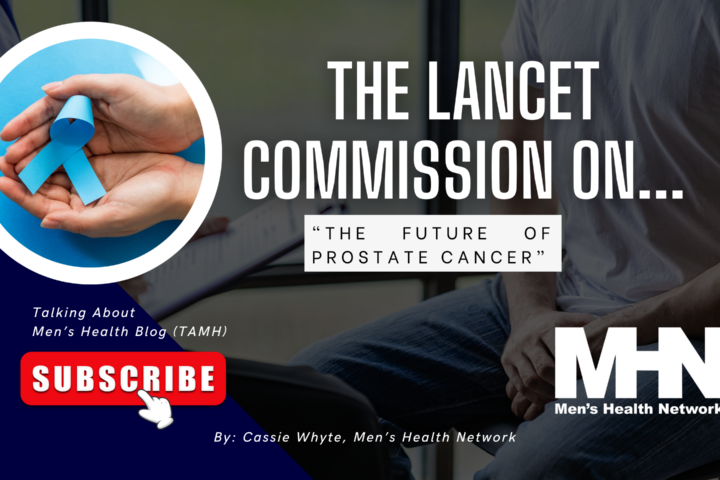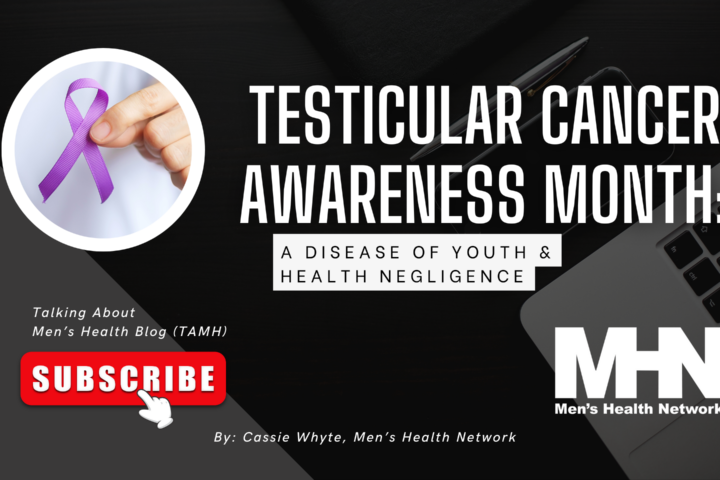Advances to Mirror From Women’s Health:
Examining Gender Disparities in Healthcare Policies & Resources
In recent years, there has been commendable progress in implementing policies and acts aimed at enhancing women’s health outcomes. These initiatives have rightfully focused on addressing the unique health challenges faced by women.
However, as we celebrate these advancements, it’s imperative to recognize the existing gender disparities in healthcare and the differential allocation of resources between men and women.
Let’s delve into some key policies and acts, comparing the resources offered for women’s health with the lack of resources available for men’s health:
-
Maternal Health Improvement Act (2021 – 2022): The Maternal Health Improvement Act allocates significant funding towards maternal health programs, prenatal care, and maternal mental health initiatives.
While these efforts are essential for safeguarding the health of expectant and new mothers, they inadvertently overlook the health needs of men during the perinatal period. Fathers and partners often play a vital role in supporting maternal health, yet there is a lack of resources and support tailored to their needs.
-
Women’s Preventive Services Initiative (WPSI): The Women’s Preventive Services Initiative ensures that women have access to a comprehensive range of preventive services without cost-sharing. These services include screenings for breast and cervical cancer, contraception counseling, and well-woman visits.
However, there is a notable disparity in the availability of preventive services for men.
Routine screenings for conditions such as prostate cancer and testicular cancer are not covered under this initiative to the same extent, limiting men’s access to preventive care. Additionally, this is seen over and over again, whether that is at a federal or local level; there is ultimately less money, less research, and less of a desire to make men and boys the focal point in health improvement or even the reduction of health disparities that are widening yearly.
-
Cancer Prevention and Early Detection Programs: While cancer prevention and early detection programs are crucial for both men and women, there is a disparity in the resources allocated to address gender-specific cancer risks.
For example, last year, the White House released an initiative entitled “President Biden’s Budget Accelerates Progress Toward the Goal of Ending Cancer as We Know It.”
Within the Fact Sheet, the White House expressed a “$394.5 million total investment in the following three CDC programs: National Comprehensive Cancer Control Program, including the Cancer Genomics program to increase the number of individuals who are appropriately referred to genetic counseling and testing; the National Breast and Cervical Cancer Early Detection Programs to enhance breast and cervical cancer screening and diagnostic services for uninsured and underinsured American women,” (White House Fact Sheet, March 2023).
While very important, breast cancer and cervical screening programs receive substantial funding and attention, with extensive awareness campaigns and screening initiatives, a level of coverage that male issues do not have parallels available within Western society.
Unfortunately, efforts to promote prostate cancer awareness and screenings are often underfunded and lack widespread support, despite prostate cancer being one of the most common cancers among men.
-
Mental Health & Family Services: Women’s mental health needs are increasingly recognized, leading to the development of specialized services and support networks for both alone and in single-mother settings. Initiatives addressing postpartum depression, maneuvering mommyhood, sexual trauma, and anxiety disorders cater specifically to women’s mental health concerns.
However, men often face barriers in accessing mental health services due to stigma and a lack of tailored resources. As a result, male-specific mental health issues, such as depression and suicide, remain inadequately addressed.
The prevalence of deaths of despair among men and boys is a pressing concern, reflecting a complex intersection of societal, economic, and psychological factors. Suicide, drug overdose, and alcohol-related deaths disproportionately affect males, yet the resources available to address their specific needs remain inadequate.
Traditional gender norms often discourage men from seeking help or expressing vulnerability, contributing to a reluctance to acknowledge mental health struggles. The pressure to conform to notions of strength and self-reliance can exacerbate feelings of isolation and hopelessness, further increasing the risk of death by suicide or substance abuse.
Despite the clear need for tailored interventions, mental health services, addiction treatment programs, and suicide prevention initiatives often fail to adequately address the unique challenges faced by men and boys. There is a critical need for gender-sensitive approaches that recognize and respect the diversity of men’s experiences, promoting help-seeking behavior and providing appropriate support.
By prioritizing men’s mental health and well-being, we can work towards preventing deaths of despair and fostering healthier, more resilient communities.
Gender equity in healthcare requires a comprehensive approach that addresses the distinct health needs of both men and women.
Addressing health care improvements for men and boys should never be viewed as a zero-sum game.
Health is a fundamental human right that should be accessible and equitable for all individuals, regardless of gender.
Dispelling the notion that prioritizing men’s health needs detracts from women’s health initiatives is crucial in fostering a more inclusive and effective healthcare system.
Recognizing and addressing the unique health challenges faced by men and boys not only improves their well-being but also contributes to the overall health of communities. By promoting early intervention, preventive care, and targeted interventions, we can mitigate the risk of adverse health outcomes and reduce the burden on healthcare systems.
Furthermore, adopting a gender-inclusive approach to healthcare acknowledges that gender identity is multifaceted and intersects with various social determinants of health.
This approach not only benefits men and boys but also recognizes the diverse health needs of women, non-binary individuals, and gender-nonconforming individuals.
Ultimately, promoting health care improvements for men and boys requires a shift in mentality towards collaboration, inclusivity, and intersectionality.
By working together to address the health needs of all individuals, we can create a healthcare system that truly serves the needs of everyone, and by advocating for policies that prioritize and allocate resources equitably, we can work towards a healthcare system that truly serves the needs of all individuals.




